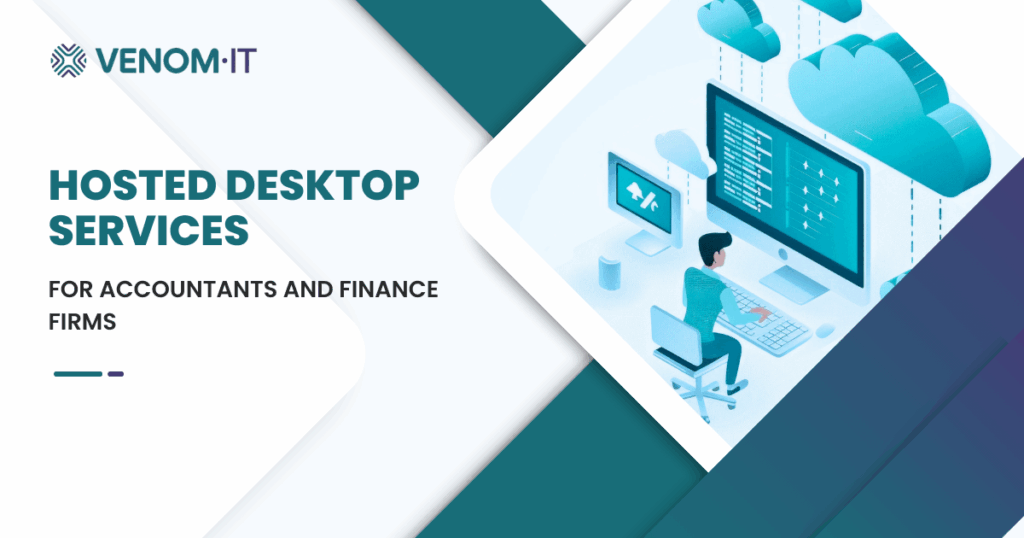
Could virtual storage allow you to better manage your business?
June 11, 2025To ease you into the subject of virtual storage, I thought we could begin with a story. Once upon a time there were three employees. The first was a graphic designer who needed to store huge design files on their computer. The second was a marketing manager who wanted a bit of capacity for images and videos. And the third was an accountant, whose work needed almost no storage at all.
In this particular story (and in real life), one employee fills up their hard drive much, much faster than the others. And as a business owner it might be tempting to simply purchase more storage resources to help them cope. But does that really make sense when there’s already digital real estate that isn’t being used by your marketing manager and accountant? Depending on the scale of your business, virtual storage could be the solution.
What is virtual storage?
Virtual storage removes the physical storage limitations on individual computers or servers. It does this by consolidating existing space on storage devices into a single virtual area so everyone can store and access information at the same time.
This can include combining the physical memory located in computer hard drives or your servers. It can also include any cloud platform storage that you already use within your organisation.
In essence, you are taking all of the available space and creating a single giant hard drive for your company, one that can handle traffic much faster and allow people to access what they need more safely and effectively, thanks to some clever virtualisation software.
Is it similar to desktop virtualisation?
Well, kind of. It’s similar in that just like a virtual desktop infrastructure (VDI), you can access what you need from any device and in any location. Both require an internet connection and access to data centres.
The difference is that desktop virtualisation just gives you remote access to virtual applications and desktops by emulating your workstation. On the other hand, storage virtualisation gives you remote access to saved data from across the entire organisation.
For optimal efficiency, of course, it would pay to have both services at your disposal.
How it works
There are generally two types of basic storage virtualisation. One is file-based, the other is block-based. Whether you realise it or not, you are already familiar with file-based storage. It is the same system that you use to save data in your existing hard drives and cloud storage. File goes into folder. Folder goes in drive. This is simple, SQL database stuff.
Virtual storage uses a specific file-based technology called network-attached storage (NAS). Compared to your average server, NAS offers faster data access and is easier to both set-up and manage. And when used for this purpose, the devices can be pooled together and managed centrally.
The drawback to file-based storage is that you can’t simply add more capacity when you need to. You also need to add the retrieval systems to help manage the data.
Block-based storage works very differently. It breaks down the data to be saved into tiny – well – blocks. These miniscule bits of data are then ‘striped’ across every drive that is part of the virtualised storage environment. This is more suited to NoSQL databases, which allow you to expand capacity without the need for additional retrieval systems.
One advantage is that if one of the drives fails, it can be replaced and the data will be rebuilt automatically without loss.
Why storage virtualisation makes sense for enterprises
A fully virtualised environment is generally designed to make everyone’s life a bit easier in a large organisation. And it can help hit the kind of the goals that make senior leadership very happy:
It reduces spend on hardware
When run at the right scale, virtual storage saves companies money on storage hardware. That’s because it allows them to maximise the space that already exists in their network. In addition, when there’s less hardware, it also makes life easier for the engineers when it comes to infrastructure management.
It combines different types of storage systems
Hard disks. Servers. Cloud storage. All storage devices look the same in your storage area network (SAN). That’s a central, virtual area your employees can access for whatever they need.
It cuts labour requirements
When you’re using multiple data storage arrays, each one usually requires someone with the skills and experience to keep it viable. But because virtual storage is managed from a central console, it can be done with fewer IT engineers – potentially even with just one.
It removes barriers to moving data
Migrating data can be quite slow and clunky and require a fair chunk of downtime. But storage virtualisation writes data across multiple devices simultaneously. So it becomes faster and easier to migrate data by removing some of those traditional barriers.
Database as a service (DaaS) is simpler to budget
In most cases, storage virtualisation is a cloud service, specifically a data as a service (DaaS) subscription model. This reduces the need to raid the CAPEX budget for new hardware and the software you need to run it. Instead, a DaaS solution makes your costs nice and predictable.
You can take this a step further by accessing database administration as a service (DBaaS). This ensures that your databases are fully maintained and optimised, reducing time, expense and simplifying your day-to-day operations.
It improves data accessibility
Because access to data is no longer dependent on any individual device, then neither are your employees. So when a terminal inevitably crashes at the worst possible moment, they can still access the storage they need from a different computer. Less downtime, more productivity.
Learn more about cloud services
To learn about how cloud services can benefit your business, check out some of our useful resources below:
- Infographic: What are the main service points of cloud computing?
- Infographic: The business case for cloud computing
- Brand Battle: iDrive vs Google Drive
- Brand Battle: OneDrive vs AWS
Discover how you can make the most of cloud services to support, enhance, or protect your IT infrastructure. Get in touch with us for a free trial or demonstration.
Related News


9 min read


8 min read


4 min read